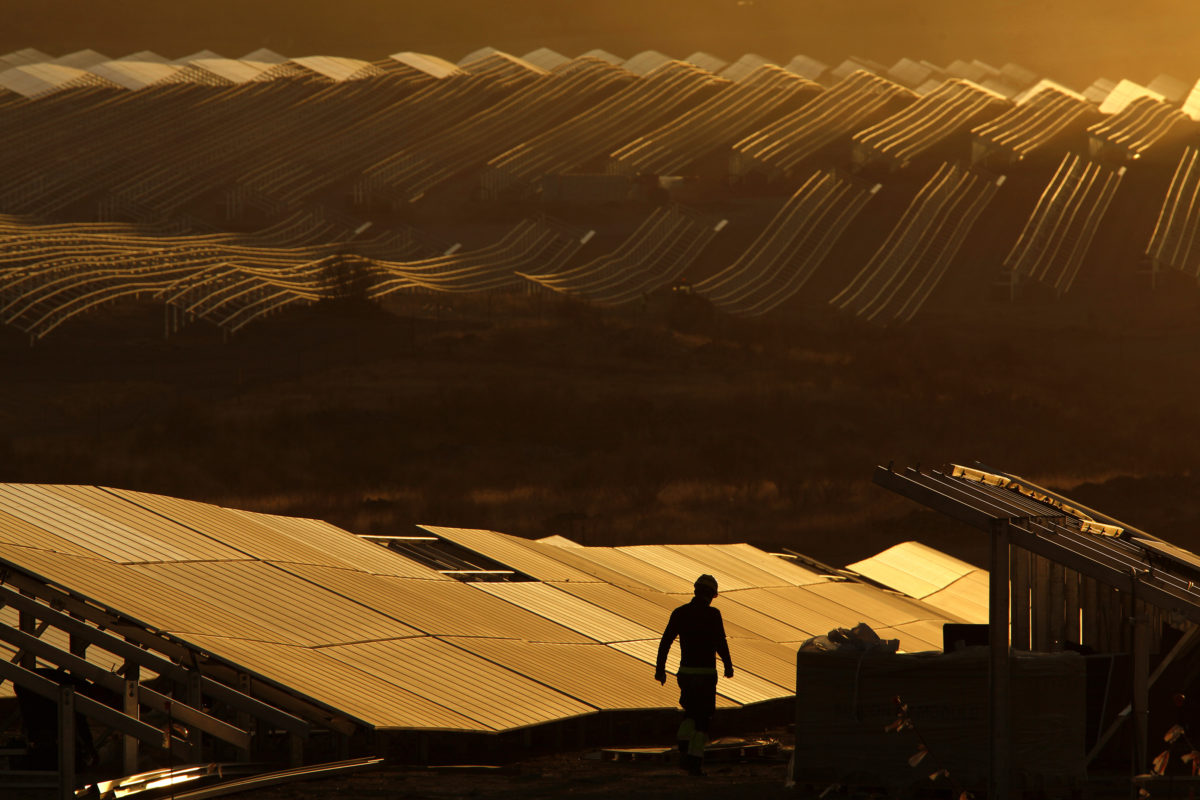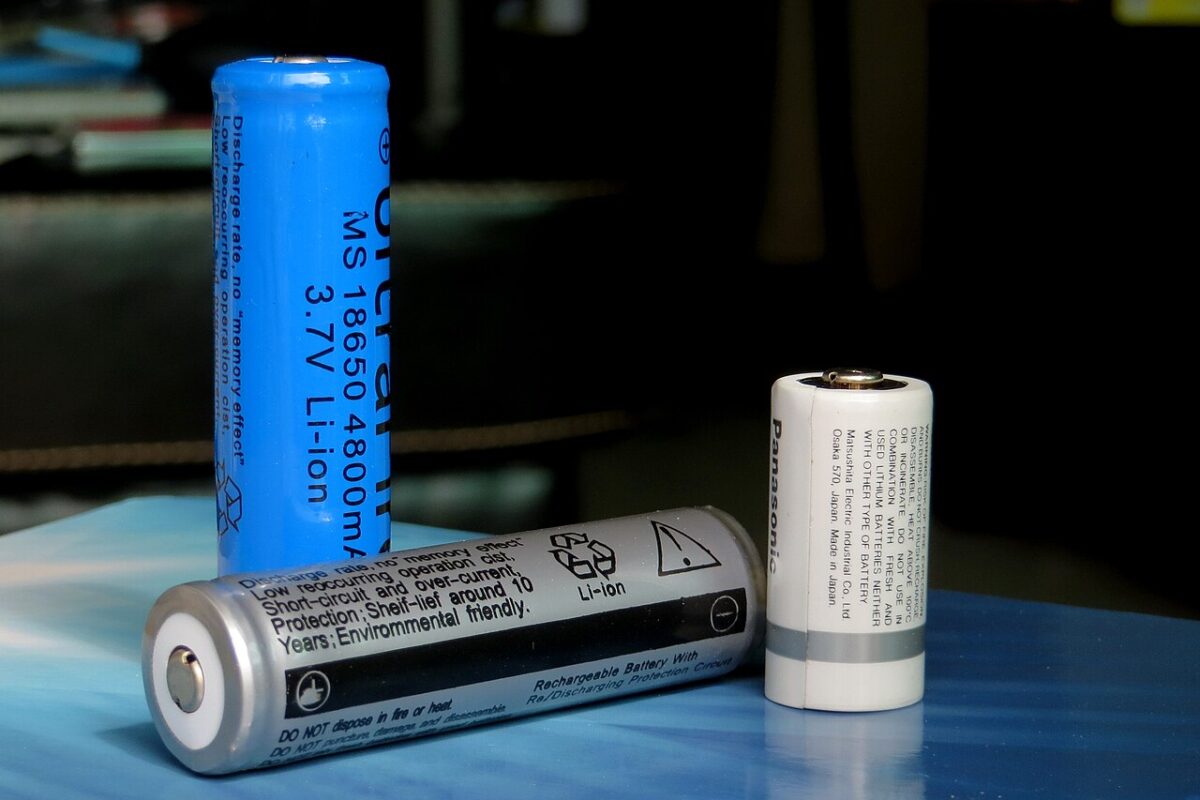From pv magazine 06/2020
One could think that, once the pandemic subsides, rationality and science will again thrive in the energy debate and open the door for full-scale PV development to fight climate change. Others might think that the time has come to relaunch the economy at the lowest cost and abandon support for emerging energy sources. And of course, reality will merge both. The old world is collapsing in front of us, oil prices went negative, and energy demand bottomed out everywhere. Incumbents look more and more like zombies, but how is PV affected?
New reality
Covid-19 spread to the entire world, stopping international exchanges, plunging the global economy into depression, and freezing or destroying a significant percentage of economic activity. Previously, producing massively in a limited number of countries looked like a must to many – a must that then vanished in a matter of weeks. The question of whether fully globalized production can be politically sustainable after the shortages seen in the medical sector is a no-brainer: Local production will be incentivized, demanded, and implemented. This is no backtracking from globalization – it is just a logical rebalancing.
What has changed over the last three months in the PV sector? Demand has obviously shrunk, with utility-scale plants experiencing delays with often postponed deadlines. Distributed PV installations declined due to a lack of manpower, and demand became unpredictable (with some unexpected local booms). To date there is no global pattern; countries are experiencing the drama of the pandemic with different timelines and intensities. While China has passed the first peak and reopened most cities, Europe is reopening at different speeds and the Americas are still suffering. Such rolling impacts will most likely move installations by a quarter or more. From a manufacturing point of view, production in China was reduced for several weeks, which led to some disruption all over the world for components and modules, but there was little impact on prices at the time of writing. The decline in demand, along with a decrease in production, kept prices at a reasonable level, rather than triggering a massive price plunge.
We have seen the PV market recovering from bad quarters more often than one could have expected, and we can expect that a part of the losses in the first and second quarters will be compensated before year’s end. But this is valid for projects which have been initiated before the beginning of the crisis. We hardly expect a significant impact due to massive cancellations, while delays and postponements are most probable. Without a second contamination wave, this would bring the global PV market to around 90-110 GW, while it could have reached 130 GW after achieving 115 GW in 2019. The end of the year will set the pace, if the situation is clarified.
Beyond 10 GW
In Europe, 2019 installations were only partially sustainable. Spain built a large chunk of utility-scale plants, supported by the need to reach 2020 RES targets, while the Dutch PV market skyrocketed. Other markets developed in a more sustainable way, such as Belgium and Sweden, while France and Italy remained below their potential. Had the year not been affected by the pandemic, the market would have scored a similar level to 2019 – around 16 GW. A reasonable assumption would be to see the European PV market around 10 GW, but again that depends on how the year will close.
After 2020, what can happen to demand which hasn’t been decided yet? The drivers behind solar PV development – both in Europe and globally – are still the same: electrification of transport and heating, climate change policies, renewable energy policies, and increasingly competitive PV electricity generation. And in the longer run, green hydrogen production and the electrification of industrial processes will accelerate the transition. In the short term, the European solar PV market could build on the inherent competitiveness of PV in almost all segments in many countries. Competitiveness with wholesale electricity prices (before the pandemic) was a given and will lead to competitive installations in the coming years. This would allow the European solar PV market to grow significantly above 25 GW or 30 GW, while the global PV market should continue developing until 250 GW – the current limit of existing policies.
Thriving industry
In a nutshell, the ongoing pandemic could delay the market, but will not damage it significantly. Of course, this might happen if the situation continues to deteriorate, but the odds are good to see solar PV growing again once the bumpy road is cleared. The question that Europeans will soon face is the willingness of policy makers to support a massive rollout of solar PV installations – or will we face a significant backlash due to the rather blurry public reputation of PV? With some organizations claiming for years that the industry has no place in Europe and does not create jobs, a rather negative image of solar has been created in the minds of many. With an alarming need to create jobs and relaunch the economy, maintaining, strengthening and enlarging the manufacturing of solar components in all segments of the value chain will convince policy makers and the populations that solar PV can make a positive contribution to the economy.
New reality
The old world just died in front of us, but its residues will continue to impact mentalities, and PV needs to take this into account. The industry must erase its reputation to communicate and highlight this new reality. PV will continue to create jobs and added value in Europe, in the upstream and downstream sectors. As such, PV can become a key building block in the needed economic recovery. But pay attention to zombies – they don’t yet know of their condition and could derail the uptake of PV in Europe.
About the author
Gaëtan Masson is co-chair of the European Solar Manufacturing Council, the vice-chair of ETIP-PV, and the managing director and co-founder of the Becquerel Institute. After getting a business administration degree from Solvay Business School (Belgium), he spent more than 10 years in the financial and IT sectors before moving over to the PV industry. He later worked for the European PV Industry Association (EPIA).
The views and opinions expressed in this article are the author’s own, and do not necessarily reflect those held by pv magazine.
This content is protected by copyright and may not be reused. If you want to cooperate with us and would like to reuse some of our content, please contact: editors@pv-magazine.com.



An ingenious argument for solar protection, but weak. Policymakers everywhere have been reminded of the importance of quick-ramping local supply chains for emergency medical supplies and will act to strengthen them. But a wind turbine or solar panel is a one-off and long-lived capital purchase, that creates no significant long-term dependency on the supplier. Even India’s efforts to localise PV production are limited, and Brazil is going more free-trade, not less.
The failure of Desertec is a warning to boosters of similar grand schemes involving green hydrogen. There will be scope for international trade in a green energy economy – see Denmark’s use of Norwegian hydro as a giant battery to firm domestic wind – , but most countries will put a fairly high value on energy security, after decades of risky dependence on OPEC and Russia. They will pay more for secure local supply.